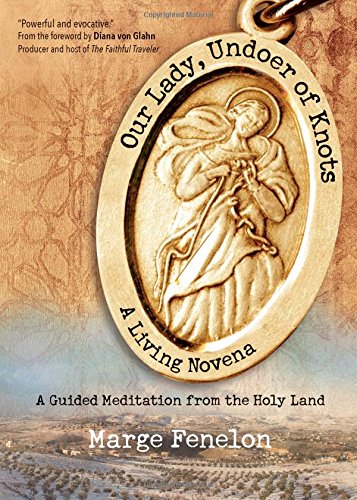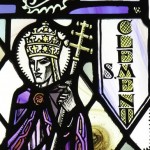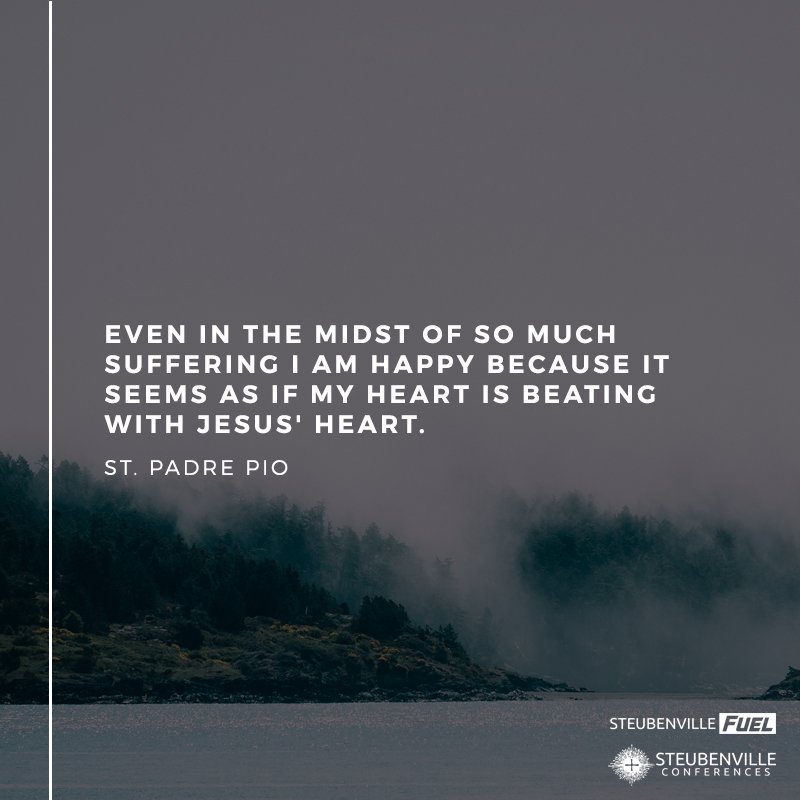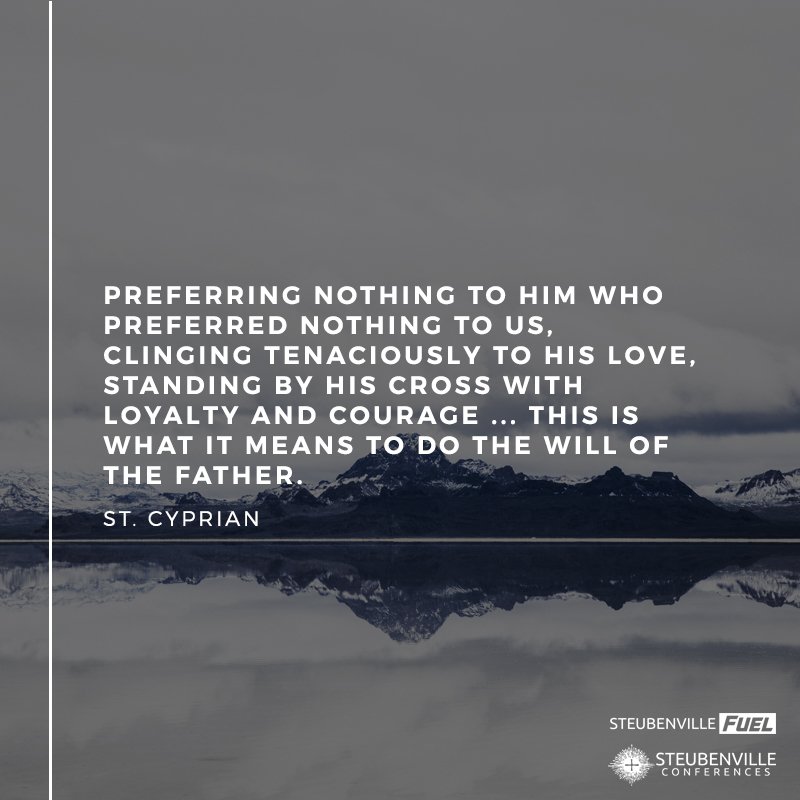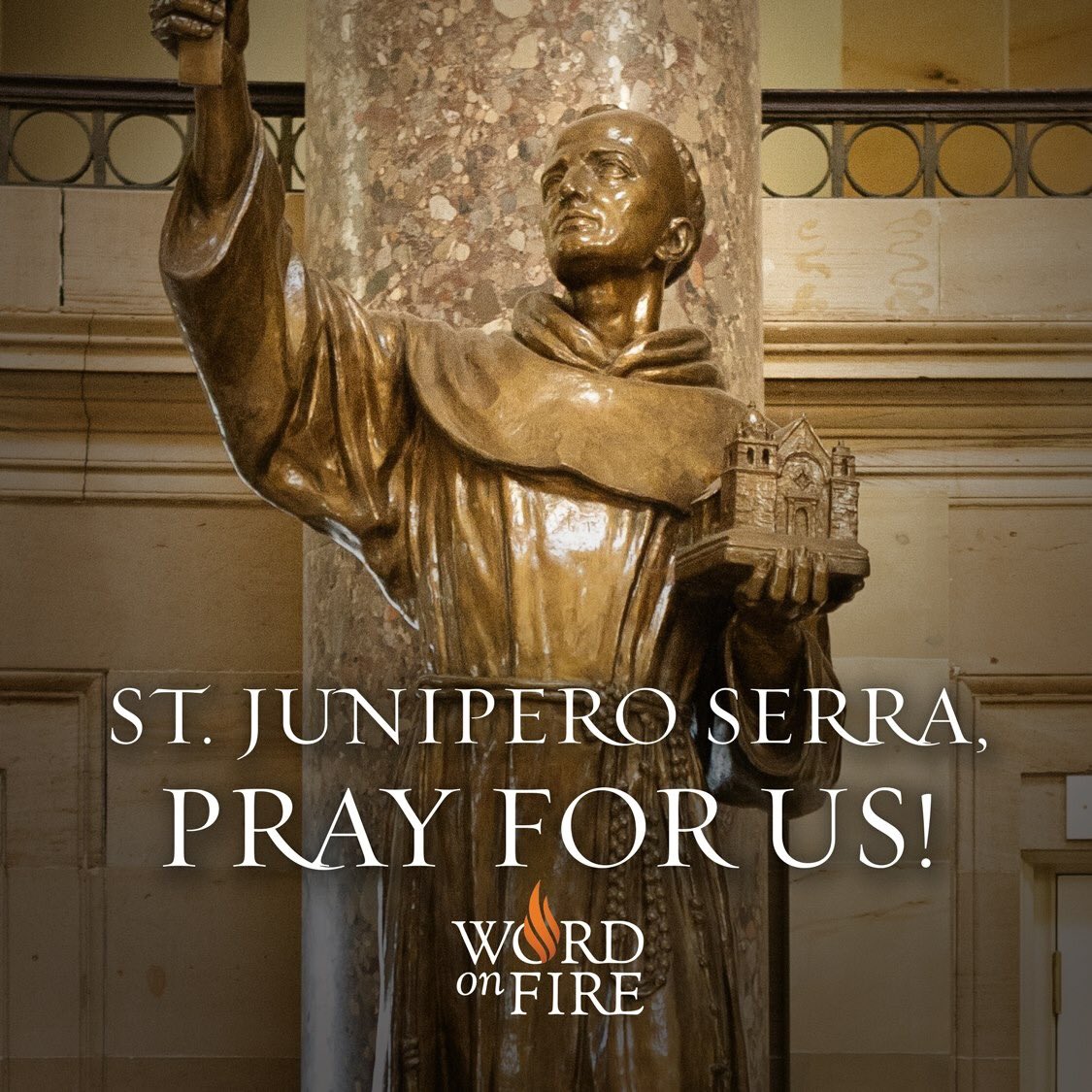When Pope Francis was in Philadelphia, he visited a temporary grotto that had been built in honor of Our Lady, Undoer of Knots. Marge Fenelon has taken this beloved devotion of Pope Francis and built a pilgrimage trough the Holy Land around it, in Our Lady, Undoer of Knots: A Living Novena. She talks about the devotion and the novena (and read more here).
Q: What is Our Lady, Undoer of Knots?
A: Our Lady, Undoer of Knots is a Marian devotion that began in the seventeenth century with a German nobleman, Wolfgang Langenmantel. He and his wife, Sophie, were having marital difficulties and were on the brink of divorce. In desperation, Wolfgang sought the counsel of Jesuit Father Jacob Rem, a holy priest known for his wisdom. In the course of their sessions, Fr. Rem was inspired to have Wolfgang bring in his marriage ribbon – an old custom in which the bride and groom’s hands are bound together with a silk ribbon during the wedding ceremony. Together, Wolfgang and Fr. Rem presented the ribbon to the Blessed Virgin Mary, asking her to undo the knots that had occurred over the years. She did undo the knots, Wolfgang and Sophie were reconciled and enjoyed a long and happy marriage thereafter. Many years later, the couple’s grandson, Hieronymus, commissioned an artist to create a painting depicting the story of Wolfgang and Sophie’s reconciliation. The painting became known as Our Lady, Undoer of Knots and the devotion developed from that.
Q: Why does Mary have so many names?
A: I think that the many names and devotions to Mary reflect the deep love and connection that people have for her, and the many venerable facets of her being. She is so grace-filled and noble that those who love her find it hard to contain her awesomeness in just one name.
I also think that the names reflect the way in which people have been helped through her intercession. When we look at the various names – Our Lady of the Holy Rosary, Our Lady of Knock, Our Lady of Lourdes, Mother of Perpetual Help, Immaculate Conception, for example – we can trace the name to a particular place, time in history, and way in which Mary has interceded for humanity.
The simplest answer is that it is a reflection of our love and admiration for her,
Q: Why was the man who would become Pope Francis so into her?
A: While he was in Germany studying for his doctorate, Pope Francis (then Jorge Bergoglio), visited the church in which the painting of Our Lady, Undoer of Knots was displayed. He learned of the painting’s origin and the ensuing devotion to Our Lady, Undoer of Knots and “fell in love” with it. He bought a postcard of the painting and brought it with him when he returned to Argentina after he’d completed his studies. There he began to spread the devotion.
Although he has not given the specifics, Pope Francis credits Our Lady, Undoer of Knots for seeing him through a very difficult time in his life –- a personal crisis -– and so he is convinced of the devotion’s power.
Q: Is there a magic formula that is this devotion?
A: No, there is not one magic formula for the Our Lady, Undoer of Knots devotion. Anyone can pray to her at any time and in any way. There is a novena that came out of Argentina in the 1970s that has become very popular, but there are others and other ways in which to ask her intercession.
Devotions are helpful because they give us a formula to follow for times when we’re either too busy or too overwrought to come up with our own words and resolutions. They lead us along when we might be too emotionally or physically exhausted to keep stepping forward on our own.
Q: There was a Knots Grotto in Philadelphia Pope Francis saw while he was there. What was that all about?
A: The grotto was created by artist Meg Saligman in anticipation of Pope Francis’ visit and also to raise funds for Philadelphia’s Project HOME, a ministry for the poor and underprivileged.
Meg used a beautiful, delicate latticework of wood to form a knot large enough for people to walk around inside -– 20ft high by 13ft wide, She invited people the world over to write the knots in their lives on a silk ribbon and tie or weave it onto the slats of the grotto.
She’s also been taking submissions online. A volunteer scribe writes the knot on a ribbon and other volunteers attach the ribbons to the grotto. At the time of World Meeting of Families, there were 100,000 ribbons and counting.
Meg also began the tradition of “leave one, take one.” When you leave a knot on the grotto, you are encouraged to read the knot someone else left there and to commit to praying for that person, for the untying of their knot.
It’s a very moving experience. I left a knot there, and chose the knot of a child to take with me. The handwriting was illegible, but that didn’t matter to me. There were lots and lots of hearts drawn on the ribbon, and that’s all I needed to know. I’m carrying that child in my heart from now on.
Q: Why did you tie her to the Holy Land in your book?
A: I traveled to the Holy Land with the Catholic Press Association as part of Pope Francis’ historic pilgrimage there in May, 2014. I experienced the Holy Land for myself and on top of that, saw it through the Pope’s eyes as I took in his words and actions while he was there.
He repeatedly called for peace and spoke of the divisions, discord, hardships, and injustices that the people of that region were enduring. As I reflected on his words, it occurred to me that these were knots not unlike the knots we all face in our lives, and with similar sources.
Because of Pope Francis’ and my own devotion to Our Lady, Undoer of Knots, the concept of a novena began to stir in my heart. I wanted to carry out the Holy Father’s request for all of us to pray for peace in the Holy Land. Now other regions are in need of prayers for peace as well. My conviction is that peace – any peace – begins in our hearts and homes and extends into the world.
In the Holy Land, I observed the knots and also the solution for those knots, as I followed in the footsteps of Jesus and Mary. Meditating on what I experienced at the holy sites helped draw me into deeper introspection and examination of the knots in my own life.
I wanted to share the gift I’d been given with others, and so Our Lady, Undoer of Knots: A Living Novena was born.
Q: Why is Fr. Joseph Kentenich so important to you? What would you most hope people would know about him?
A: Fr. Joseph Kentenich (1885-1968) is the founder of the Apostolic Movement of Schoenstatt. There are two mentions of him in the book, one regarding my visit to Yad Vashem (Jewish Holocaust Museum) and the other regarding the common root of the Schoenstatt title for Mary, “Mother Thrice Admirable” and the title “Our Lady, Undoer of Knots.” I won’t say more so I don’t spoil the book for readers.
Fr. Kentenich’s canonization process is currently underway in the Vatican and he has been proclaimed a Servant of God. But, I don’t need a Vatican proclamation to know Fr. Kentenich is a saint. When I was a year old, he consecrated me to the Blessed Virgin Mary during a chance meeting with my mother. I credit that consecration and Fr. Kentenich’s intercession for saving me from great physical and spiritual danger at several points in my life. I’m here today because of Fr. Kentenich.
Q: How does one not wallow in the Cross, but rather proclaim its victory? And what does this have to do with Mary Undoer of Knots?
A: I can answer that in one word: trust. Entrusting the knots in our lives to Mary is an act of surrender, just as Jesus’ Passion and Crucifixion were acts of surrender. We know that the Cross won the victory over evil and achieved our salvation. Allowing Our Lady, Undoer of Knots to undo our knots will enable her to banish the evil one and open the path for us to heaven.
Q: You write that “We can become so used to harboring bitterness and sorrow in our hearts that it starts to feel completely normal to us.” How do we let that happen and how is it undone?
A: It happens over time, with one little incident, then another and another. Pretty soon it becomes a way of life for us. When we harbor bitterness and sorrow, we crowd out the graces that our Lady has in store for us and we cripple the Holy Spirit’s effectiveness in our souls.
It’s undone first by honest self-examination, prayer, and frequent reception of the sacraments. Then, we must put it into the hands of Our Lady. That doesn’t mean that the feelings will immediately dissipate; rather, it gives her an open door to our hearts. As she unties the knot, our hearts soften and the bitterness and sorrow begin to fade away.
Q: You quote Pope Francis as saying: “God is in every person’s life. God is in everyone’s life…. You can, you must try to seek God in every human life…. You have to trust God.” How? How does Mary help?
A: Mary was the first and most perfect disciple of Christ. What did Christ do? He met every person where he or she was at. He was in constant conversation with his heavenly Father. Mary does the same, and she can show us the way.
Q: How is it that “Mary feels our affliction profoundly”? How do you explain that to someone for whom this is foreign? And for whom Catholic devotion to Mary sounds pagan at best, even Satanic?
A: Mary was a human being and in that respect, experienced all of the emotions that we do. She was a living, breathing, woman who knew poverty, danger, uncertainty, sorrow, and pain. She was a wife and mother, raised a child and then saw him tortured and murdered before her eyes. Affliction? Mary lived with great affliction often during her earthly life.
As far as our devotion goes, it’s like this. We say she was born without original sin, but the better way to say it is that she was pre-redeemed by our Lord in anticipation of her becoming his mother. Her role as Jesus’ mother gives her a certain privilege to distribute his grace and intercede for human beings in their need. For Catholics, our Lord’s directive to St. John from the Cross, “Behold your Mother,” and to Mary, “Behold your son,” was the establishment of a relationship between Mary and all humankind.
Gabriel made it clear that Mary was highly honored and chosen by God specifically to become Christ’s mother. Christ could have effected our salvation through a multitude of other ways, but Mary was chosen as the instrument through which he would save us. Because of that, she’s given the unique position of his Helpmate in God’s plan of salvation.
What’s more, Mary loves Jesus with all of her heart. Consequently, she loves all who he loves, and that includes us. She cares about us in untold measure. When we rejoice, she rejoices. When we suffer, she suffers. She is truly our Mother, and what mother doesn’t feel the joys and sorrows of her child?
We do not worship Mary; we venerate her for the honor and position God has given her.

